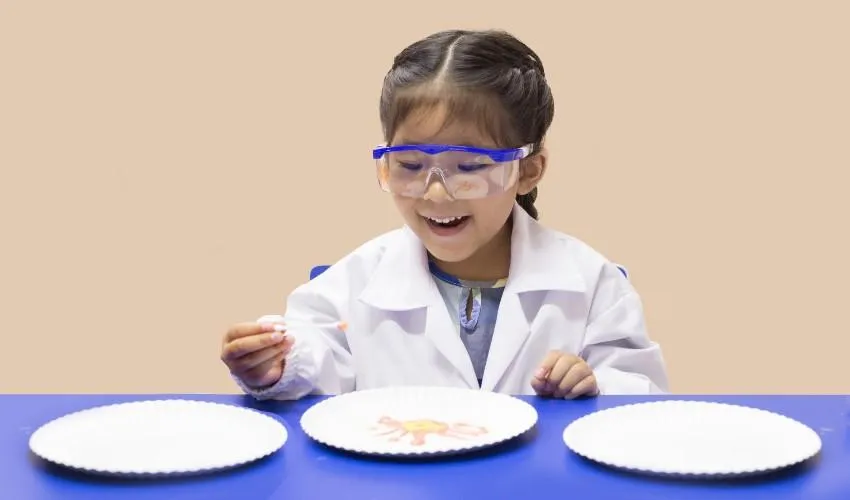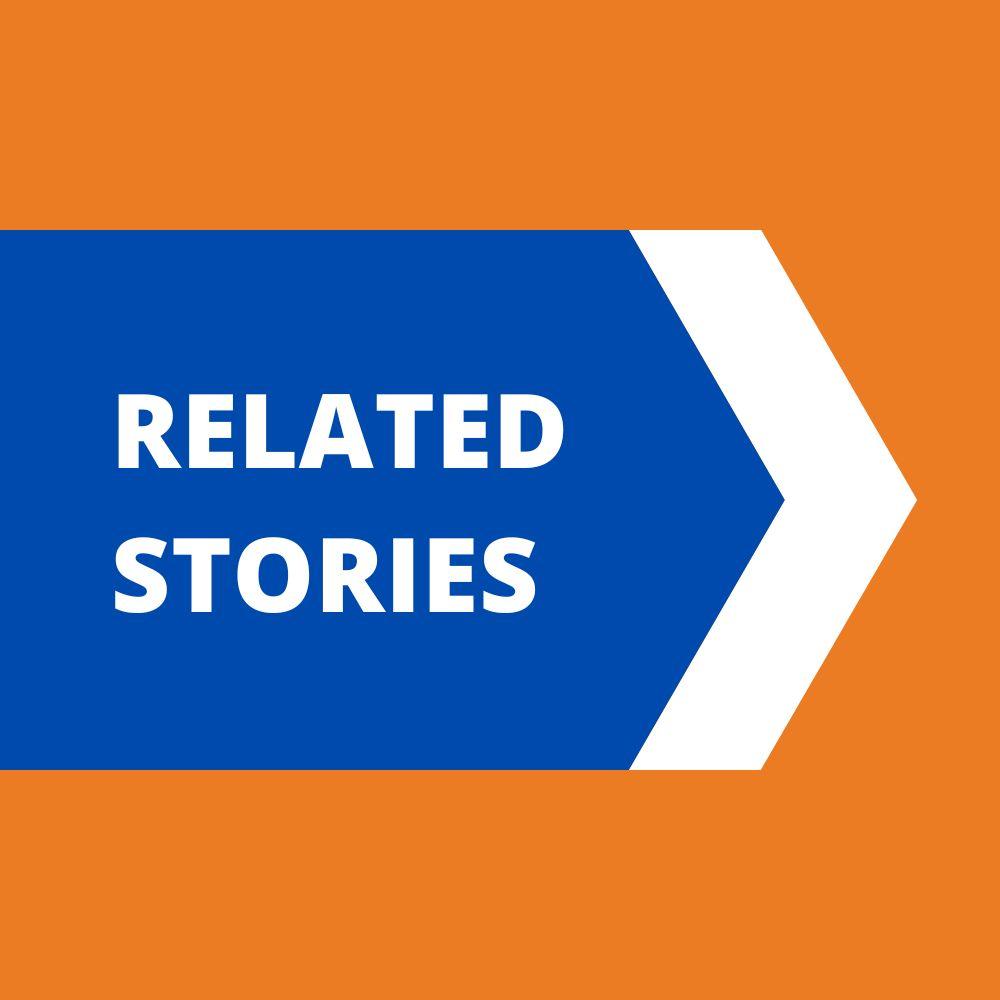
How Inventor Parents Perpetuate Gender Inequality
Past research has shown that being born in families with, for example, below-average education and income does have a negative correlation with becoming an inventor or a scientist. A paper by Myriam Mariani of Bocconi's Department of Management and Technology co-authored with Karin Hoisl (University of Mannheim, Germany) and Hans Christian Kongsted (Copenhagen Business School) goes further and explores what keeps women inventors out of a chance to express their potential. A girl born to an inventor parent will be 13 times more likely to become an inventor herself than the average girl, but this advantage disappears completely if the second child within the family is a boy.
The waste of scientific talent which goes unexploited simply because of a lack of exposure to relevant cultural stimuli early on in life is typified by the nickname "lost Einsteins" given to those hypothetical, potential inventors who were prevented from fulfilling their abilities by a disadvantaged family background. The cost of such waste is ultimately paid by society as a whole, in terms of lost innovations and lost economic growth.
Professor Mariani and her colleagues think this is more a case of "lost Marie Curies", since from the outset females are less represented in STEM (short for "science, technology, engineering and mathematics") disciplines which are a prerequisite of becoming an inventor. Puzzlingly, women among inventors, defined as people who have applied for a patent, are even rarer than their quota of STEM graduates would suggest.




Trying to explain this fact, the authors have investigated the role of inventor parents on their sons' and daughters' chances of becoming inventors themselves. To do this, they turned to the impressive wealth of data available about Denmark residents. Such abundant data allow for a close monitoring of entire cohorts and social groupings. Moreover, since in Denmark education is free at all levels and equality is a basic tenet of society, gender and economic biases can be assumed to be very low.
The study finds that the extent to which inventorship (ie, the ability to become an inventor) is passed on to first-born daughters is practically zero if the second-born in the same family is a boy, but not if it is another girl. The data suggest inventor parents mean seven more inventor girls per thousand girls, which become a good 15 more per thousand girls when their younger sibling is also a girl. But the effect of having an inventor parent is zero if the second-born is a boy.
As Professor Mariani says, "there is a strong gender component to the dilution of the parental inventorship effects." This means, Myriam Mariani notes, that even families with a high education level in a favorable context perpetuate gender inequalities, albeit unwittingly. The explanation for this result is not that daughters are deliberately neglected in favor of their younger brothers, of course. Apparently, if parents have a daughter and a son they will tend to think that the son will have better chances at becoming an inventor and a more successful career, because the vast majority of inventors are indeed men and that the few female inventors are treated worse than male inventors in terms of pay, advancements and probability of obtaining a patent.
The first step in order to address this problem, due to which as said earlier the community pays a heavy price, is to increase people's awareness at any level of the damage done by this type of thinking. Second, and most important, it is necessary to change the conditions that weigh against women in science and to make these changes highly visible. An example, which is very relevant to inventors and innovation, would be to make patent applications anonymous while they are vetted, much like academic papers, so that any gender bias would be eliminated at a stroke.
Karin Hoisl, Hans Christian Kongsted, Myriam Mariani, "Lost Marie Curies: Parental Impact on the Probability of Becoming an Inventor", Management Science, May2022, DOI: https://doi.org/10.1287/mnsc.2022.4432